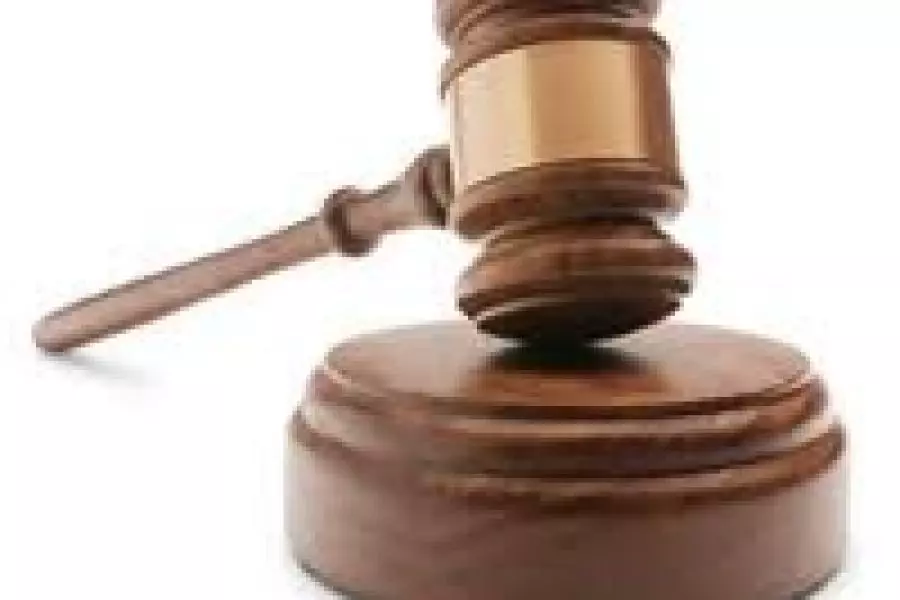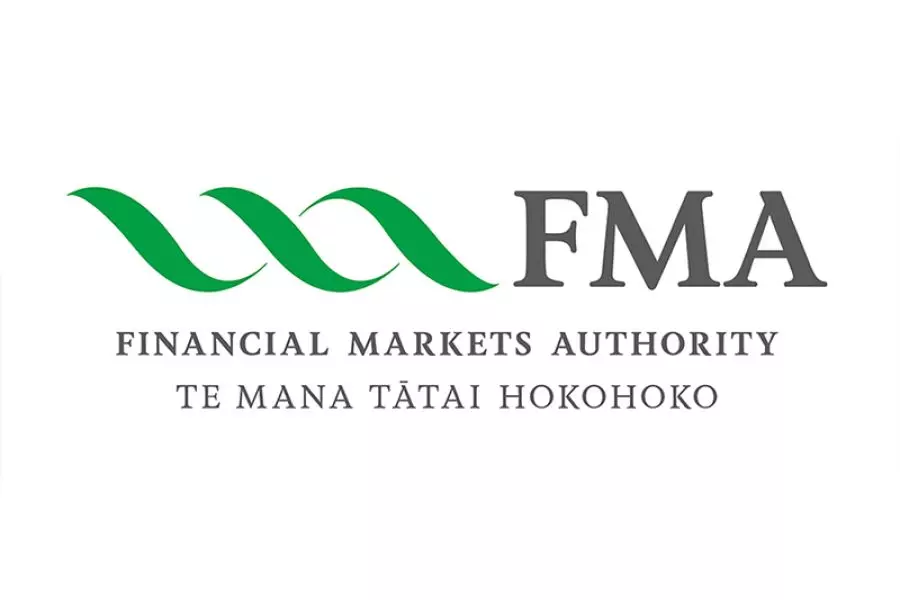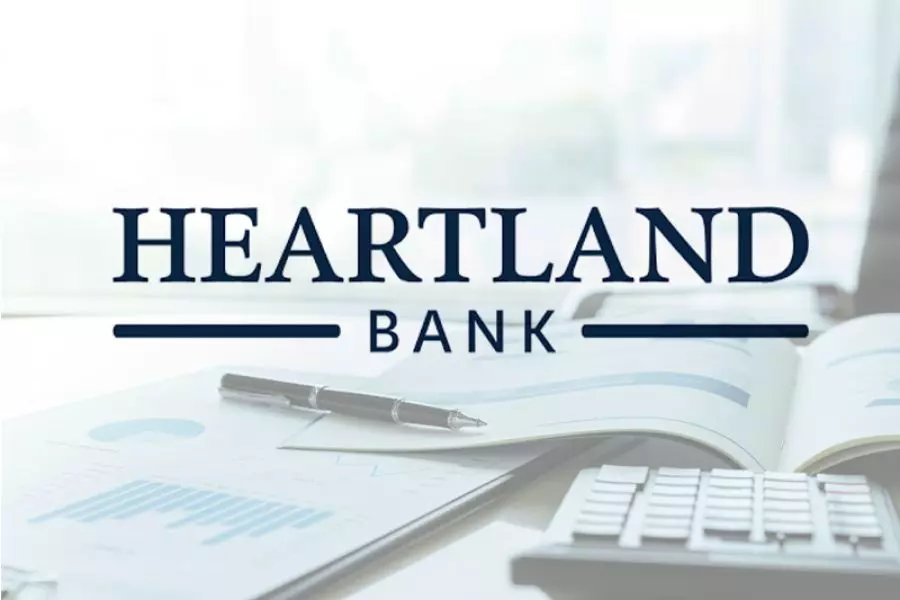News
Values increase by a third

Tuesday 19th of August 2014
Properties are revalued every three years, for rating purposes.
Auckland Council’s registered valuer Peter McKay said: “At this stage we are looking at an upward movement for the Auckland region of an average 33% since the last revaluation in 2011, which is broadly in line with expectations.”
The local board areas with the biggest value movements were in the ce...
Want to read the full article?
Click the button below to subscribe and will have unlimited access to full article and all other articles on the site.
2 min read









![[The Wrap] Bye Bye Bayly](https://goodreturns.publit.io/file/c_fill,w_900,h_600/39f23ac1-f7c7-4854-b700-a150004ebbac.webp)